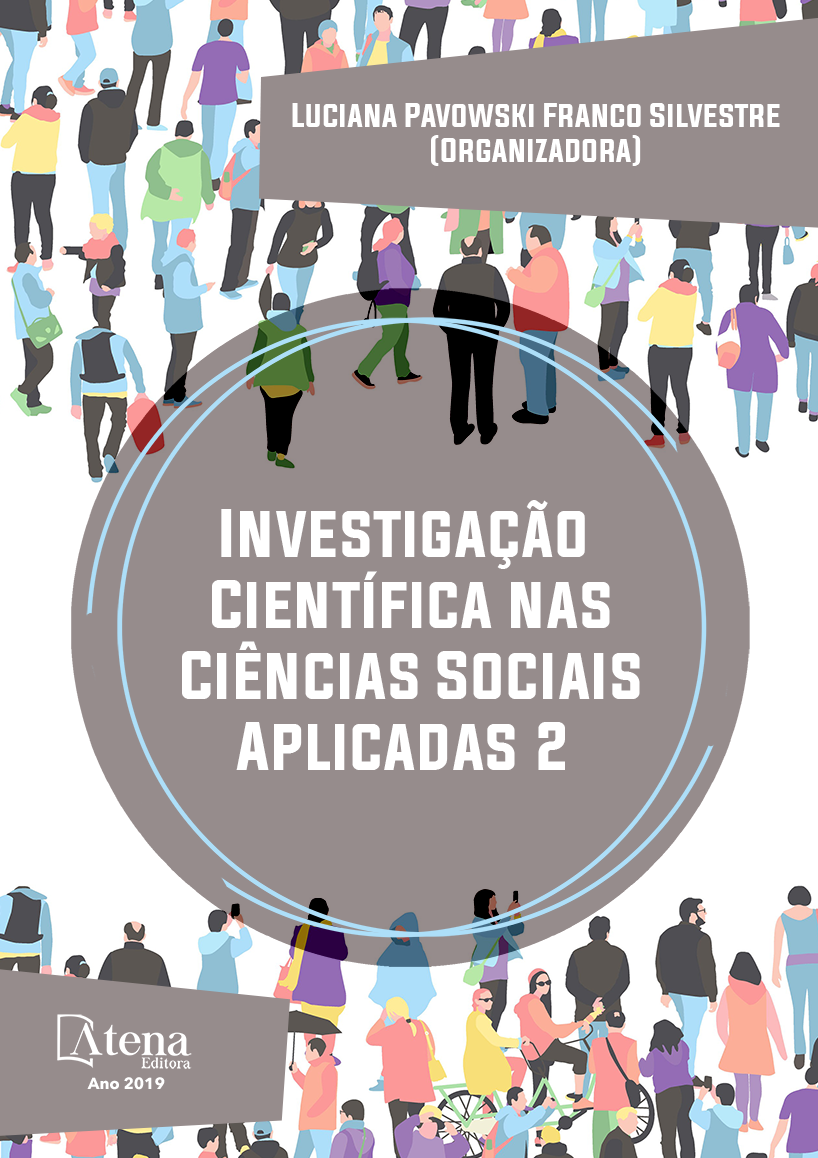
Investimentos Públicos e a Geração de Empregos.
A destinação recursos oriundos das
receitas municipais nas atividades econômicas,
tem buscado oferecer oportunidades para o
desenvolvimento das cidades com a instalação
ou ampliação de empresas com a geração de
empregos e a inclusão social. O objetivo do
estudo é verificar se investimentos públicos em
comércio, indústria e serviços retratam um saldo
positivo na geração de empregos bem como o
custo dos empregos gerados, nos municípios
com mais de noventa mil habitantes do estado
do Rio Grande do Sul. Trata-se de uma pesquisa
descritiva, a população é composta pelos 497
municípios do Rio Grande do Sul, estratificado
pela amostra que são as cidades com mais de
noventa mil habitantes, totalizando dezenove
municípios. Os dados foram coletados nos
sítios: IBGE – TCE – SDECT – CAGED. A
análise se deu por meio de estatística descritiva.
A partir da análise, concluiu-se que, em vários
municípios, o crescimento da arrecadação e
o incremento das receitas é constante, assim
como o investimento nos setores, porém o
aumento de empregos não ocorreu na mesma
proporção. Logo, os valores investidos pelos
municípios através das secretarias, não teve
influência direta nas novas contratações, porém
pode-se inferir que os benefícios podem estar
relacionados à inclusão social e a qualidade de
vida da população.
Investimentos Públicos e a Geração de Empregos.
-
DOI: 10.22533/at.ed.8981907102
-
Palavras-chave: Investimento Público. Economia. Desenvolvimento Regional. Inclusão Social.
-
Keywords: Public Investment. Economy. Regional development. Social inclusion.
-
Abstract:
The allocation of resources from
municipal revenues in economic activities has
sought to offer opportunities for the development
of cities with the installation or expansion of
companies with the generation of jobs and
social inclusion. The objective of the study is
to verify if public investments in commerce,
industry and services portray a positive balance
in the generation of jobs as well as the cost of
jobs generated in the municipalities with more
than ninety thousand inhabitants of the state of
Rio Grande do Sul. of a descriptive survey, the
population is composed of the 497 municipalities
of Rio Grande do Sul, stratified by the sample
that are cities with more than ninety thousand
inhabitants, totaling nineteen municipalities.
Data were collected at the following sites: IBGE -
TCE - SDECT - CAGED. The analysis was done
through descriptive statistics. From the analysis,
it was concluded that, in several municipalities, revenue growth and revenue growth
are constant, as is investment in the sectors, but the increase in jobs did not occur in
the same proportion. Therefore, the values invested by the municipalities through the
secretariats had no direct influence on the new hires, but it can be inferred that the
benefits may be related to social inclusion and the quality of life of the population.
-
Número de páginas: 15
- Mírian Rampi


